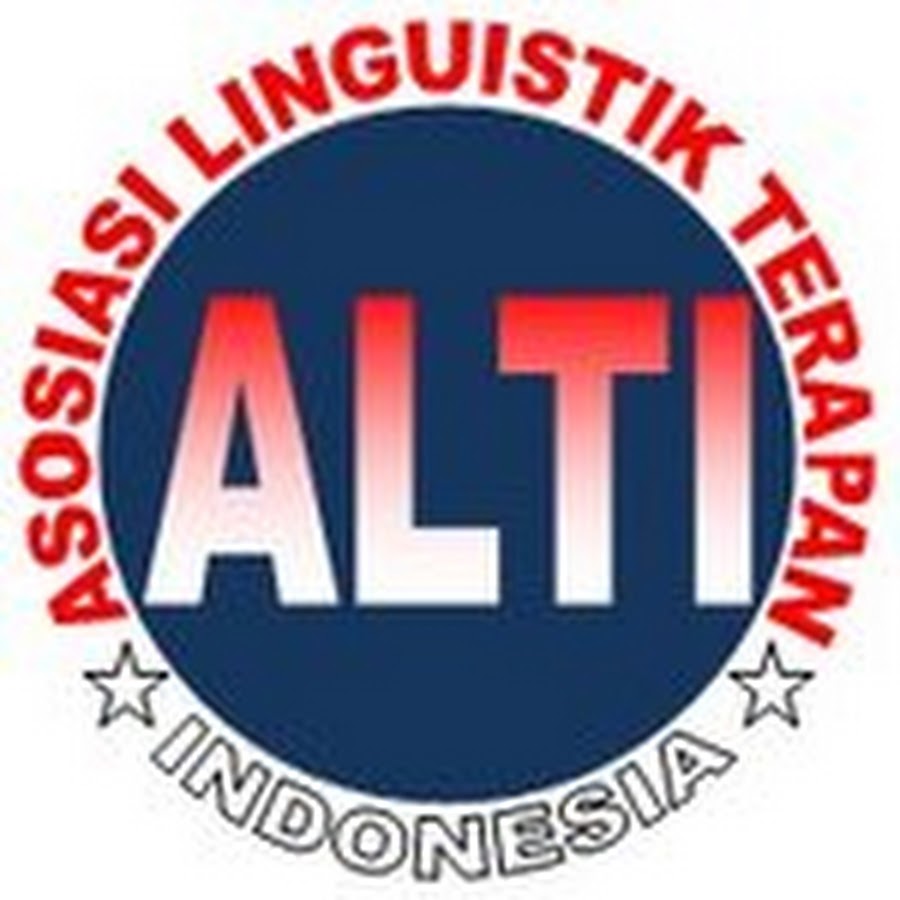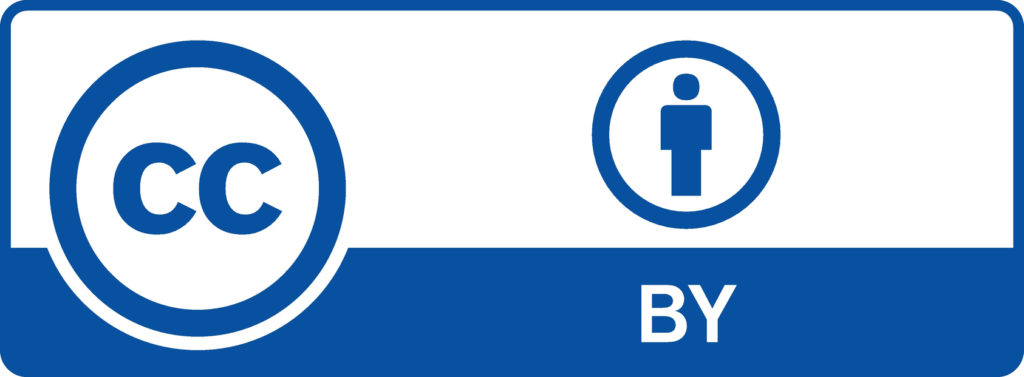The Role of “Ana’dara Kallolo” as Tourism Ambassador in Promoting Tourism Potential in Soppeng Regency
DOI:
https://doi.org/10.33096/tamaddun.v21i1.124Keywords:
Role of Tourism Ambassador, Tourism Potential, Communication StrategyAbstract
The Soppeng regency required a tourism ambassador to market the region as a tourist information hub. The objectives of the study were to determine the role of Ana'dara Kallolo as a tourism ambassador in promoting tourist attractions and to identify the elements that supported and hindered Ana'dara Kallolo's efforts to promote tourism in Soppeng regency. Based on the foregoing promotions, it became necessary to define the communication strategy employed by Ana'dara Kallolo to promote the programs of tourist attractions. The research employed a qualitative approach to delve more deeply into the subject to be watched closely. Ana'dara Kallolo had important roles as the actors of the activity, as a tourism information centre, and as the Soppeng regency tourism ambassador, according to the findings of the study. The supporting factors indicated a high level of public interest in tourism destination areas in that regency, while the inhibiting factor was the lack of community resources when tourism promotion was conducted. It was determined that the public had recognized Ana'dara Kallolo's information regarding tourism in Soppeng regency as accurate; thus, the barriers to engaging in socializations or other activities must be eliminated by significantly improving human resources. The purpose of the study's execution was to gain the strategy for completing a variety of tasks and to carry out the scheduled activities.
References
Biddle, B.J. (1979). Role Theory: Expectations, Identities, and Behavior. Missouri: Academic Press.
Bogdan and Taylor. (1975). Metodologi Penelitian Kualitatif (Qualitative Research Methodology). Bandung: Remadja Karya.
Creswell J.W. and Creswell J. D. (2018). Research Design: qualitative, quantitative, and mixed methods approaches, Fifth Edition. Los Angeles: SAGE.
Creswell, J.W. and Poth, C.N. (2018). Qualitative Inquiry and Research Design Choosing among Five Approaches. 4th Edition. SAGE Publications, Inc., Thousand Oaks.
Denzin, N. K., & Lincoln, Y. S. (2005). Introduction: The Discipline and Practice of Qualitative Research, The Sage handbook of qualitative research. Sage Publications Ltd.
Harnisch, S., Frank, C., & Maull, H.W. 2011. Role Theory in Internasional Relations Approaches and Analyses. New York: Routledge.
Kapur, R. 2020. The Elements of Communication. Jour : University of Delhi.
Kayode, O. 2014. Marketing Communication. BookBoon.
Miles, B. Mathew and Michael, H. (1992). Analisis Data Kualitatif Buku Sumber tentang Metode-metode Baru (Qualitative Data Analysis of Sourcebook about New Methods). Jakarta: UIP.
Patton. (1980). Metode Penelitian Kualitatif (Qualitative Research Methods). Bandung: PT Remaja Rosda Karya.
Polit, D. F., & Hungler, B. P, (1999). Nursing research: principles and methods, Phildelphia: JB Lippincott Company.
Ranjan, A. (2012). Basic Concepts of Tourism. India: Jamia Millia Islamia.
Ruben, B.D. & Stewart, L.P. (2006). Communication and Human Behavior. 5th Edition. Boston: Pearson Education.
Sadrabadi, A., Kamali, M., & Monshizadeh, M. (2018). Evaluating the Role of Brand Ambassadors in Social Media. 2. 54-70.
Schiffer, M. B., 1999. The Material Life of Human Beings Artifacts, Behavior, and Communication. London: Routledge.
Sugiyono. 2007. Metodologi Penelitian Kuantitatif, Kualitatif, R&D (Research Methodology of Quantitative, Qualitative, R&D. Bandung: CV. Alfabeta.
Sukardi, Nyoman. 1998. Pengantar Pariwisatam (Introduction to Tourism). STP Nusa Dua-Bali.
Vlăduțescu (2016). Functions and Forms of Managerial Communication. Polish Journal of Management Studies. 12-02. 191-201.
Wyllie, R. W. (2011). An Introduction to Tourism. USA: Venture Publishing, Inc.
Downloads
Published
Issue
Section
License
Authors who publish with Tamaddun journal agree to the following terms:
1. Authors retain the copyright and grant Tamaddun the right of first publication. The work will be licensed under a Creative Commons Attribution License (CC BY 4.0), which permits others to share the work with proper acknowledgment of the authorship and initial publication in this journal.
2. Authors may enter into additional non-exclusive agreements for the distribution of the published version of their work (e.g., posting it to an institutional repository or including it in a book), provided that the initial publication in this journal is acknowledged.
3. Authors are encouraged to post their work online (e.g., in institutional repositories or on their personal websites) before and during the submission process. This can lead to productive exchanges and increase the visibility and citation of the published work.






